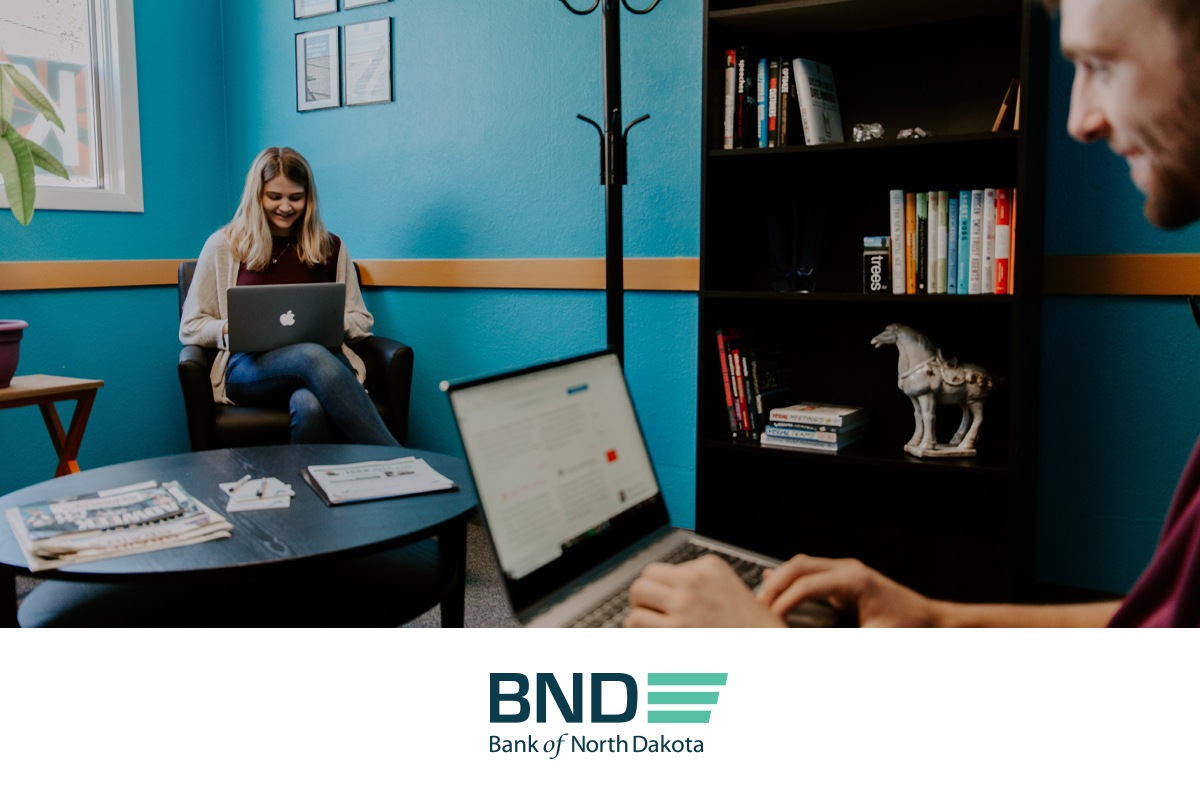
The Free Application for Federal Student Aid (FAFSA) is the first step in the college financial aid process. It must be completed every year by students seeking financial aid. Financial aid includes grants, scholarships, work-study programs and student loans. The application is free to complete. Don’t let anyone scam you and offer to complete it for a fee. Click here to access a series of short videos explaining financial aid and completing the FAFSA.
Most financial aid is based on financial need. Financial need is the difference between the college’s cost of attendance and your Student Aid Index (SAI) and other financial aid (OFA). The cost of attendance is determined by the school and includes tuition and fees, books, supplies, housing and food, personal expenses and transportation.
The SAI is calculated from the information you put on the FAFSA. It is affected by dependency status, household size, income and assets.
Cost of attending school – Student Aid Index – other financial aid = Financial need
Some people mistakenly believe they won’t qualify for financial aid because they make too much money or have too many assets. Almost every student qualifies for an unsubsidized Federal Direct Student Loan, so it is important to complete the FAFSA. Even if a student loan isn’t necessary, it’s a good idea to complete the application because it will identify any grants or scholarships available to you.
Completing the FAFSA
This process has been greatly simplified. If you have the following information at your fingertips, it takes most people about an hour to complete.
- Federal Student Aid ID (FSA ID) for the student and any other people contributing federal tax information, like parents. You apply for this online at studentaid.gov.
- Student’s Social Security Number and date of birth
- Parent contributors no longer need Social Security Numbers to get FSA IDs. An Individual Taxpayer Identification Number (ITIN) may be provided. If a contributor doesn’t have either, they will go through a separate verification process to verify their identity.
- 2021 federal tax return of the parent, and if applicable, the student
- 2021 untaxed income records which include veteran’s non-education benefit records and workers’ compensation
- Assets which include the balance of cash, savings and investments. Beginning with the 2024-25 FAFSA cycle, assets like child support received, the net value of farms, ranches or businesses are also included.
- Alien registration or permanent resident card if not a U.S. citizen
Need more assistance to complete the FAFSA?
Bank of North Dakota has created a series of videos to answer common questions on the FAFSA about items like what you need to get started, how to report assets and how to handle applying if a student is from a separated or divorced family. The Federal Student Aid website where you complete the FAFSA also provides the ability to request help with specific questions.
Application dates
If you will attend college between July 1, 2024, and June 30, 2025, you can submit the FAFSA in December 2023. This is a one-year delay due to implementing the FAFSA Simplification Act. File as soon as possible because some financial aid is awarded on a first-come, first-served basis.
To learn about some of the upcoming changes to the terms, processes and formulas on the FAFSA form, click here.
The process after you complete the FAFSA
When you complete the FAFSA, you’ll need to list schools you’re interested in attending. Your FAFSA application is sent to those schools, and the ones that you’ve applied to and been accepted to will send you financial aid offer letters stating how much you can receive in financial aid. In addition to grants, scholarships and work-study programs you may qualify for, the letter will provide information on the type and amount of federal student loans you can receive. If you still need additional funds to attend college, visit Bank of North Dakota’s website to learn about its student loan program.
When you decide which college to attend, call the admissions office to let them know to expect you and follow the instructions that came with the offer letter of financial aid to accept the financial aid package. You also need to inform the other colleges on your list that you won’t be attending them.
You may receive a letter from the school asking you to verify the FAFSA information. You may receive this because there is conflicting information, missing information or it may be a random selection. Regardless, it is critical that you return the paperwork required in a timely manner.